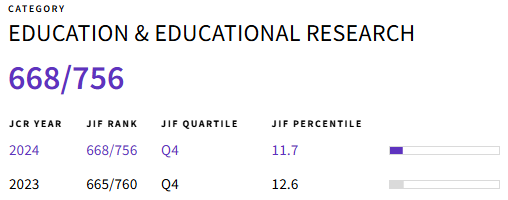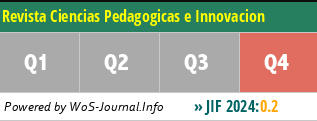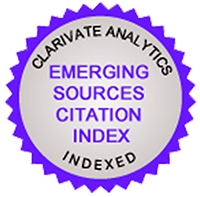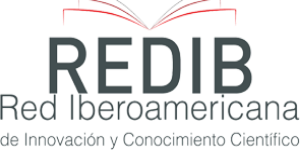Labor and productivity in the citrus industry of the Valdivia river valley, Santa Elena
DOI:
https://doi.org/10.26423/rcpi.v9i2.442Keywords:
Citriculture, family labor, productivity, technology, production systemAbstract
Citriculture in Ecuador has reached a high degree of dynamism. In the province of Santa Elena, due to its agricultural vocation, this activity constitutes the livelihood for a large number of families in the area; however, most of the farmers face conditions of poverty and state marginalization, so the objective of this research was to characterize the labor and productivity of citriculture, which is developed in the northern part of the province. The population included all the members of the Association of Citriculturists of the Valdivia River Valley, Santa Elena. A non-experimental quantitative methodological design was used for the study, based on the application of a form through surveys based on socioeconomic variables, production system and human talent. It was determined that a large number of small producers have a low level of education, that most of the farms are family farms due to the small size of their land, that the organization of work is carried out by the producer and his or her kinship, that it is managed and depends primarily on family work, that the technology is artisanal and is reflected in production, which can be improved with training and technical assistance from government and nongovernmental organizations. It is concluded that citriculture in the Valdivia River Valley is subsistence.
Downloads
References
Baiocco, S., Busse, M., & Cirule, E. Los costos de la mano de obra en el sector agricola:estudio comparativo. Geopa. (2019).
Bohlander, G., & Scott, S. Adminsitración de Recursos Humanos.Mexico: Cedngage Learning. (2017).
Cabezas Mejia, E. Introducción a la metodología de la InvestigaciónCientífica. Comisión Editorial de la 8niversidad de las
Fuerzas Armadas ESPE. (2018)
Calderón Contreras, A. Situación de laEducación Rural en Ecuador. Documento de Trabajo Nº 5 | Serie Informes de Asistencia Técnica. (2015).
Chiavenato, I. Administración de Recursos Humanos.Mexico: Mc Graw Hill. (2013).
FAO. El modelo de Agricultura Sostenible que propone la FAO. Proyecto rural integrador. (2019).
GADPSE. Plan de desarroll y ordenamiento Territorial de la provincia de Santa Elena. Gadpse. (2015)
Garner, E. d. Identifying the “family farm”: an informal discussion of the concepts and definitions . Revista Economica. (2014).
Hidalgo Francisco, Ramos Melissa. Trabajo familiar y Organización campesina. Sipae. (2014).
INEC. Estructura del sector agropecuario, según el enfoque de las caracteristicas. Instituto Nacional de Estadisticas y Censos. (2006).
MAGAP La Política Agropecuaria Ecuatoriana: hacia el desarrollo territorial rural sostenible: 2015 - 2025. Política Agropecuaria Ecuatoriana. Analisis historico y prospectivo. (2016).
Magap. Boletín de precipitación y temperatura. Sistema de información pública agropecuarias. (2018).
Martinez Valle, L. La agricultura familiar en el Ecuador. FIDA - RIMISP. (2014).
Mejía Aguilar, G. Hernandez Triny Carolina Seguimiento de la productvidad. Técnicas de mano de obra. Dialnet, 3. (2007).
Moyano Estrada, M. La agricultura familiar revisitada. Una mirada a la agricultura como factor. Ambienta. Agricultura familiar y huertos
urbanos. (2014).
Murcia, H. H. El enfoque empresarial para la planificación de explotaciones pecuarias. Revista de la Universidad de la Salle, 4. (2009).
Neiman, M. La organización del trabajo en la agricultura familiar pampeana y su relación con la utilizacion de la tierra y el capital. Trabajo agrario y empleo rural. (2008).
Pozo, M., Serrano, M., & coronel, V. Boletín técnico N° 1 - 2019. Encuesta de seguimiento al Plan Nacional de Desarrollo. INEC. (2019).
Reyes, N., & Boente , A. Metodología de la Investigación.Compilación total. Network Marketing. (2019).
Sherman, A. C. Developy virtual reality.Morgan: Computer Graffic. (2009).
SPAC. Encuesta de superficie y producción agropecuaria continua SPAC 2019. INEC - SPAC. (2020).
UNODC. Manual para el productor. Poda de cítricos. Jatun Sacha. (2017).
Zavala Gomez, R., & León Ayala, I.. Guía de buenas prácticas para la gestión y uso sostenible de los suelos en áreas rurales. FAO. (2018)
Downloads
Published
Issue
Section
License
El titular de los derechos de autor de la obra, otorga derechos de uso a los lectores mediante la licencia Creative Commons Atribución-NoComercial-CompartirIgual 4.0 Internacional. Esto permite el acceso gratuito inmediato a la obra y permite a cualquier usuario leer, descargar, copiar, distribuir, imprimir, buscar o vincular a los textos completos de los artículos, rastrearlos para su indexación, pasarlos como datos al software o usarlos para cualquier otro propósito legal.
Cuando la obra es aprobada y aceptada para su publicación, los autores conservan los derechos de autor sin restricciones, cediendo únicamente los derechos de reproducción, distribución para su explotación en formato de papel, así como en cualquier otro soporte magnético, óptico y digital.

















